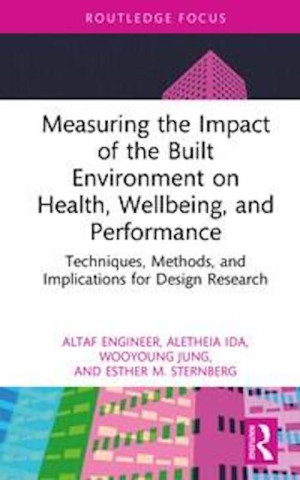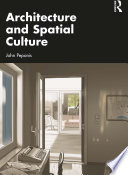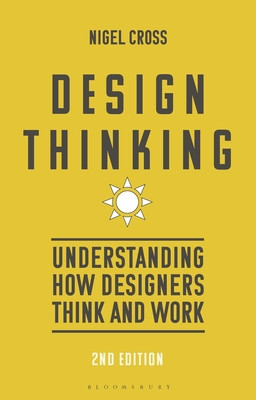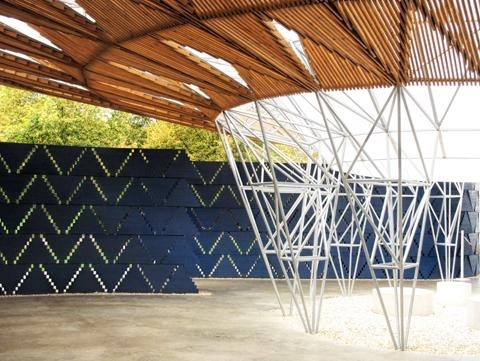Measuring the Impact of the Built Environment on Health, Wellbeing, and Performance

Very basic introduction to a complex topic

Very basic introduction to a complex topic

Much to productively ponder
Cupchik, Van Erp, Cardoso, and Hekkert evaluated factors that influence human creativity. They found that “The interaction between intuitive (practice-based) and logical (theory-based) ways of thinking about creatively solving design problems is the focus of this project. . . . industrial design students were exposed to both intuitive and logical design approaches to resolving briefs during a 1-day workshop.

Intriguing reading, whatever your professional background
Collect more useful data
Sleboda and team’s work indicate how important word choices can be and their findings are likely applicable generally in designed situations. The group reports that they collected data as “Participants chose between one gourmet food gift basket without meat and dairy and another with meat and dairy. . . . the gourmet food gift basket without meat and dairy was less likely to be chosen when its label focused on its content (stating ‘vegan’ or ‘plant-based’) rather than on its benefits (stating ‘healthy’, ‘sustainable’ or both).

What does neuroscience have to say about the information that designers need before they begin a project? Plenty. It establishes topics that must be addressed as design solutions are developed.

Powerful, unique, insight-packed
Dai and colleagues studied how stereotypes influence product design.
Lu and teammates investigated how being able to see people in an image of a destination/location influences opinions formed about that space.